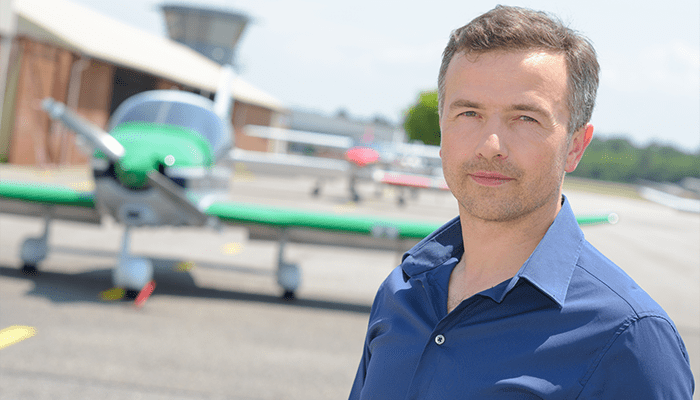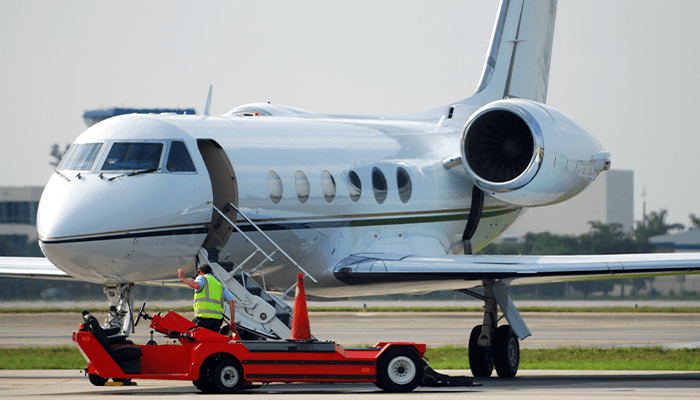
The Importance of Aircraft Renter Insurance for Pilots
Embarking on the journey to become a pilot is an exhilarating experience filled with challenges and triumphs. Flight schools play a crucial role in shaping the skills of aspiring aviators, providing them with the necessary knowledge and hands-on experience to navigate the skies safely. However, amidst the excitement of flight training, there's an aspect that often goes overlooked: insurance coverage for pilots during training or rental flights.
Coverage Gap
Many aspiring pilots are unaware that while flight schools typically carry insurance policies, these policies often only cover the flight school itself. This leaves student pilots or those renting aircraft vulnerable to potential financial losses in the event of an accident. Even in cases where the flight school's insurance extends coverage to students or renters, it may come with limitations or lower coverage limits, leaving both parties inadequately protected.Two Essential Choices
Investing in aircraft renter insurance provides pilots with essential coverage. There are two primary coverage options to consider:
- Liability Insurance: This covers bodily injury or property damage caused by the pilot's alleged negligence. It essentially acts as "lawsuit protection," offering financial support and legal defense in the event of an accident.
- Physical Damage Liability: This covers damage to the rental aircraft caused by the pilot's negligence. It's important to note that this coverage specifically addresses liability and responds only in cases where the accident is deemed the pilot's fault.
Real-Life Example
Consider a scenario where a student pilot has a hard landing and damages the landing gear. They had purchased both liability and physical damage coverage. Since the damage to the aircraft was caused by the hard landing, their policy would file the claim and pay for the damage. In more severe cases involving passenger injuries, the bodily injury coverage provided by the policy can offer crucial support in legal proceedings and settlements.Determining Coverage Limits:
When purchasing aircraft renter insurance, it's crucial to buy as much coverage as possible within your means. The potential financial consequences of passenger injuries in aviation accidents can be staggering, making higher coverage limits advisable. Similarly, when considering physical damage liability coverage, opting for coverage that matches or exceeds the value of the aircraft being flown ensures comprehensive protection against potential losses.In conclusion, aircraft renter insurance is a vital investment for pilots at all stages of their flying journey. It provides crucial financial protection and offers peace of mind, allowing pilots to focus on their passion for flying without the burden of potential liabilities looming overhead.
AssuredPartners Aerospace is AOPA's partner for aircraft renter insurance. Our aviation insurance specialists can give you examples of how each coverage applies to your individual situation and help you figure out the right coverage for you at the price you can afford. Plus, AOPA members save 5%.
Visit www.assuredpartners.com/rent today to learn more and start your policy in minutes.
Or call 1-800-622-2672 today to speak with one of our experts.
Featured News & Insights

Insurance is a crucial part of financial planning, providing peace of mind and protection against unforeseen events. However, not all insurance brokers operate with integrity. Some brokers exploit...

The Broker of Record (BOR) letter is one of the most powerful and abused documents in the insurance industry. Unfortunately, many less-than-scrupulous brokers convince insurance buyers to sign this...

When most folks think of Personal Injury liability, they think of late-night commercials or unending billboards advertising personal injury attorneys who want to represent them when they have been...